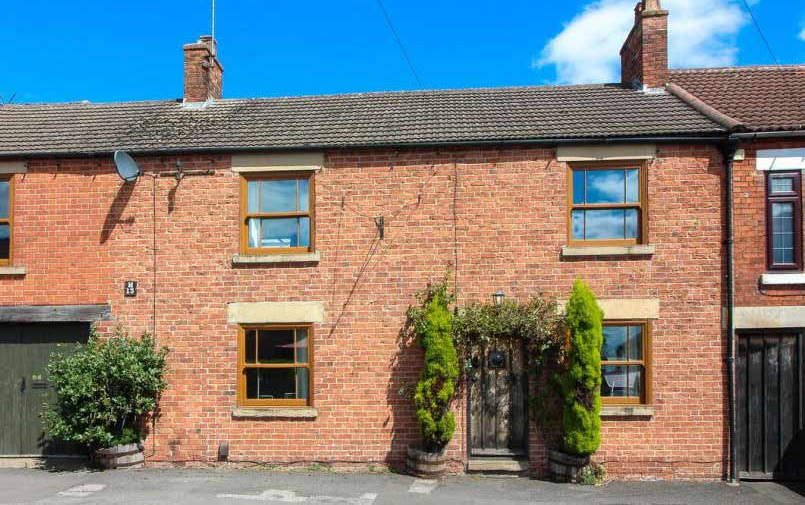Where did house prices rise the most in 2022?
House price increases can often be a strong indicator that areas are popular with home-movers, because as a location becomes more desirable, house prices rise.
The town of Eastwood in Nottinghamshire, which sits between the cities of Derby and Nottingham, is 2022’s top price hotspot. House prices in the area rose by 29% last year, putting the average price of a home at £231,381. But that’s still over £100,000 less than the average price of a home in Great Britain, which is currently £359,137. You can check the average price of a home in your area in our monthly House Price Index.
What do the local experts say?
Eastwood’s popularity with home-movers may be on account of its local amenities, and having green space close by. Local estate agent Will Watson, Director at Watsons Estate Agents in Nottinghamshire, says:
“We have found that Eastwood has always been a popular location for buyers as it has a wide variety of shops, good school & GP provision, has the countryside nearby and great transport links with easy access to the M1 motorway. There is quite a high proportion of ex local authority and terraced houses which are well built and represent good value for money, with many sales we see below the national average, so it’s no surprise that people have been relocating to the Eastwood area for more value”.
Which other areas saw the biggest price increases?
Of the ten price hotspots for 2022, five areas have average house prices below the national average. Along with top-placed Eastwood, these areas included Hulme, Chelston, Little Lever and Deeping St James.
Take a closer look at the full list here:
| Rank | Area |
Average asking price 2022 |
Average asking price 2021 | Average asking price change versus 2021 |
|---|---|---|---|---|
| 1 | Eastwood, Nottingham | £231,381 | £179,194 | +29% |
| 2 | Hulme, Greater Manchester | £238,249 | £188,454 | +26% |
| 3 | Sandbanks, Dorset | £1,585,246 | £1,298,385 | +22% |
| 4 | Heathfield, East Sussex | £405,846 | £336,538 | +21% |
| 5 | Chelston, Devon | £275,773 | £229,090 | +20% |
| 6 | St. Peters, Kent | £379,199 | £315,126 | +20% |
| 7 | Cowes, Isle of Wight | £367,569 | £307,065 | +20% |
| 8 | Little Lever, Manchester | £202,890 | £169,709 | +20% |
| 9 | Birchington, Kent | £416,156 | £349,206 | +19% |
| 10 | Deeping St. James, Cambridgeshire | £326,824 | £274,412 | +19% |
How did house prices change in 2022?
At the end of 2022, house prices had risen by an average of 5.6% across Great Britain when compared to 2021. They were also 19.7% higher than in 2019, before the pandemic began. Our property expert, Tim Bannister, says:
“Property prices have risen exceptionally over the last three years. If we compare with December 2019, just before the pandemic started, the average asking price of a home in Great Britain has risen by a staggering 20%. To put that into context, asking prices rose just 3% in the previous three years, and we need to go all the way back to 2013 to see similar price growth”.
What could this mean if you’re thinking of moving this year?
In 2023, we’re predicting that asking prices will drop by an average of 2%, and you can read more about why in our house price forecast. But because there will be lots of local markets at play, house price changes are likely to be different, depending on where you live in Great Britain. This is because prices are affected by things like available properties, desirability of the location and affordability of the area.
Because many home-owners have seen the value of their homes rise in previous years, this could become a factor for sellers when they’re putting their homes on the market. Tim says:
“Now that the frenetic period for the market is over, and it is likely that some sellers, particularly those in locations and sectors of the market that have benefitted the most from pandemic price growth, may be willing to give up some of their gains in this calmer market in order to negotiate a successful sale.”
The header image for this article was provided courtesy of Watsons Estate Agents, Nottingham.
READ MORE: Thinking of moving in 2023? Here’s what you need to know





